Spring - Comprehensive Java Framework
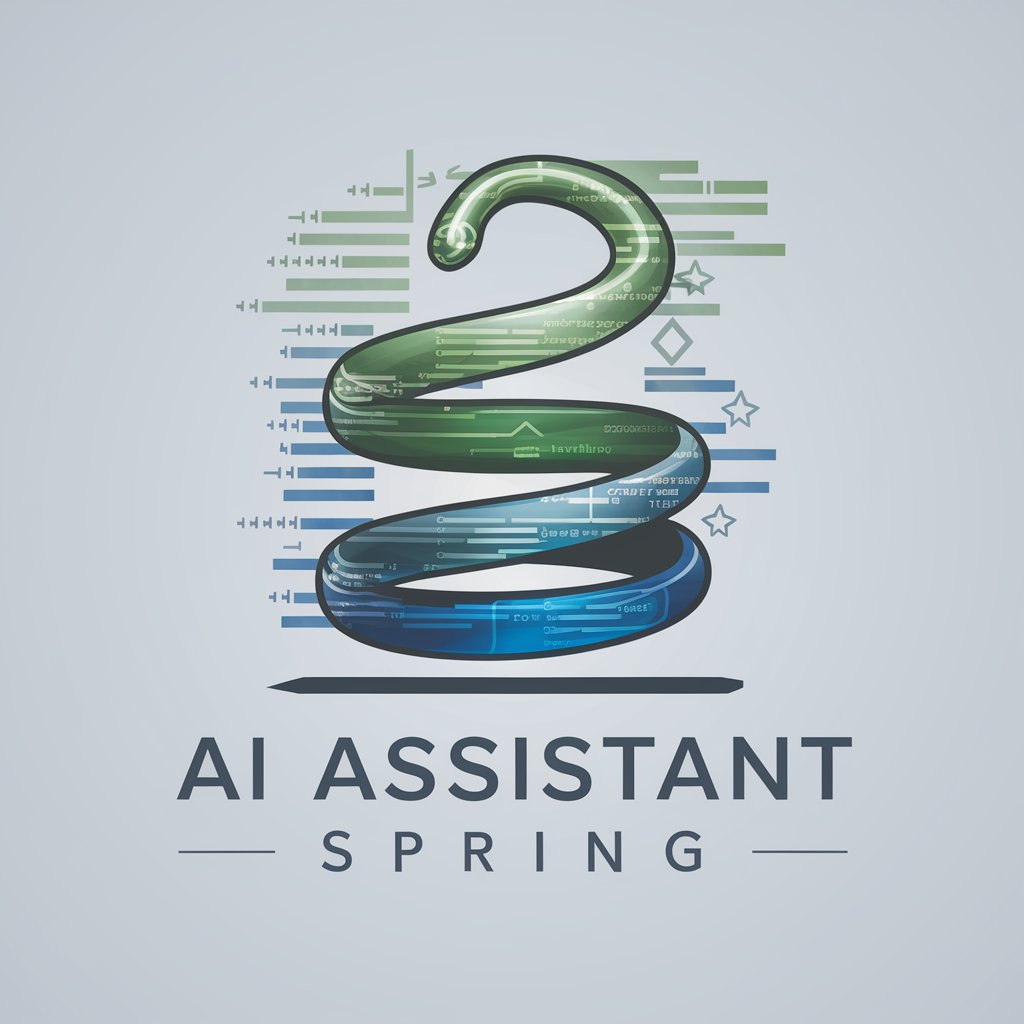
Hi! Let's make your Java and Spring code better.
Empower Your Java Applications with AI
How can I optimize this Spring Boot application?
What's the best way to handle this data structure in Java?
Can you suggest improvements for my Spring configuration?
How do I enhance the performance of this Java code?
Get Embed Code
Introduction to Spring Framework
The Spring Framework is a comprehensive programming and configuration model for modern Java-based enterprise applications - on any kind of deployment platform. It focuses on 'plumbing' of enterprise applications so that teams can focus on application-level business logic, without unnecessary ties to specific deployment environments. Spring's design is modular, allowing for the use of specific parts without having to bring in the rest. It provides infrastructure support at the application level: Spring focuses on the 'plumbing' of enterprise applications so that teams can focus on application-level business logic. A key element of Spring is its support for dependency injection (DI) and aspect-oriented programming (AOP), enabling cleaner code that is easier to test and maintain. Examples of scenarios that illustrate Spring's design purpose include simplifying database transactions, security, managing REST APIs, and handling application configurations. Powered by ChatGPT-4o。

Main Functions Offered by Spring
Dependency Injection
Example
Spring manages beans in an application context, allowing for loose coupling of components. For instance, an eCommerce application can have its payment processing module dynamically injected into its order management system at runtime, enabling easy swapping of the payment processor without changing the order management code.
Scenario
An application needs to switch between different database strategies (e.g., from in-memory to a relational database) without altering the business logic.
Aspect-Oriented Programming
Example
Spring allows developers to declare transaction management, security, or logging aspects separately from the main business logic. For example, applying transactional behavior to services without tangling transaction management code with business logic.
Scenario
Automatically applying logging to methods across an application for audit trails without modifying the business logic.
Spring MVC for Web Applications
Example
Spring MVC provides a model-view-controller architecture and ready components that can be used to develop flexible and loosely coupled web applications. For example, creating a web application for booking flights where the controller handles request mappings, services provide business logic, and views render the UI.
Scenario
Developing a responsive web application capable of handling complex user interactions and requests efficiently.
Spring Boot
Example
Spring Boot simplifies the development of new Spring applications through convention over configuration, offering out-of-the-box configurations for rapid application development. An example scenario is a microservice for a product catalog, quickly bootstrap with Spring Boot, utilizing its auto-configuration for database access, security, and more.
Scenario
Creating microservices quickly with minimal upfront configuration, focusing on developing business functionalities.
Spring Security
Example
Provides comprehensive security services for Java EE-based enterprise software applications, including authentication, authorization, cryptographic operations, and session management. For instance, adding secure authentication and authorization to a banking application to protect user transactions.
Scenario
Ensuring that an application dealing with sensitive user data complies with security standards and protects against common vulnerabilities.
Ideal Users of Spring Services
Enterprise Application Developers
Developers working on enterprise-level applications benefit from Spring's extensive support for different aspects of application development, including but not limited to, web applications, security, transactions, and messaging.
Microservices Architects
Spring Boot, in particular, is tailored for microservices architectures, offering a suite of tools for rapidly developing independently deployable, minimal, and autonomous services.
Cloud-Native Application Developers
Spring Cloud provides tools for developers to quickly build some of the common patterns in distributed systems (e.g., configuration management, service discovery, circuit breakers). This makes Spring a go-to for developers working on cloud-native applications.

Getting Started with Spring
Begin with a Trial
Visit a platform that offers a trial experience for exploring AI capabilities without the necessity for login or a subscription.
Install Spring Framework
Ensure Java JDK is installed on your system. Then, use a build tool like Maven or Gradle to include Spring dependencies in your project.
Understand Spring Basics
Familiarize yourself with core concepts such as Inversion of Control (IoC), Dependency Injection (DI), and Aspect-Oriented Programming (AOP).
Build Your First Spring Application
Start by creating a simple application that leverages Spring Boot for easy setup and configuration.
Explore Spring Projects
Dive into Spring's ecosystem by exploring its projects like Spring Security, Spring Data, Spring Cloud, and more to enhance your application.
Try other advanced and practical GPTs
Java Spring Expert
Elevate Spring Boot development with AI-powered assistance.
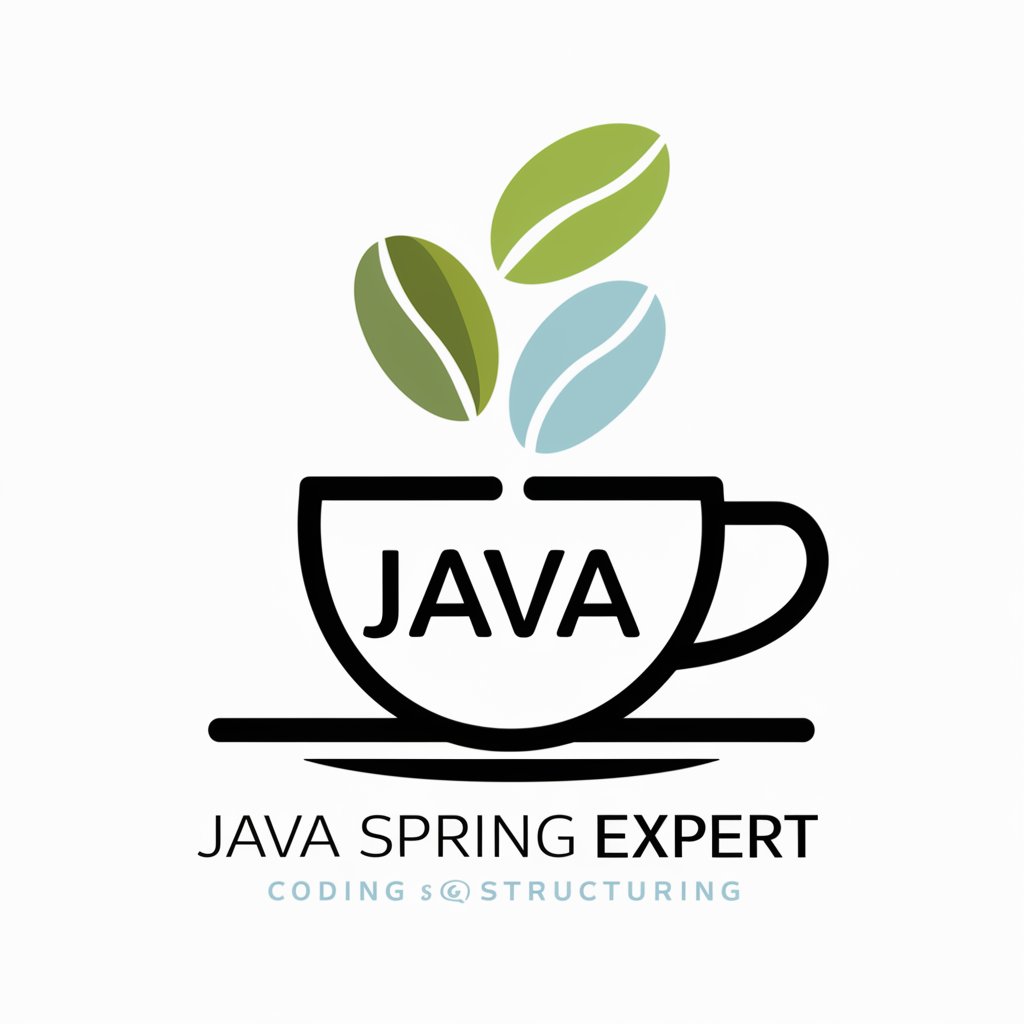
Spring Advisor
AI-Powered Spring Framework Expertise

Spring Assistant
Elevating Spring Development with AI-Powered Insights
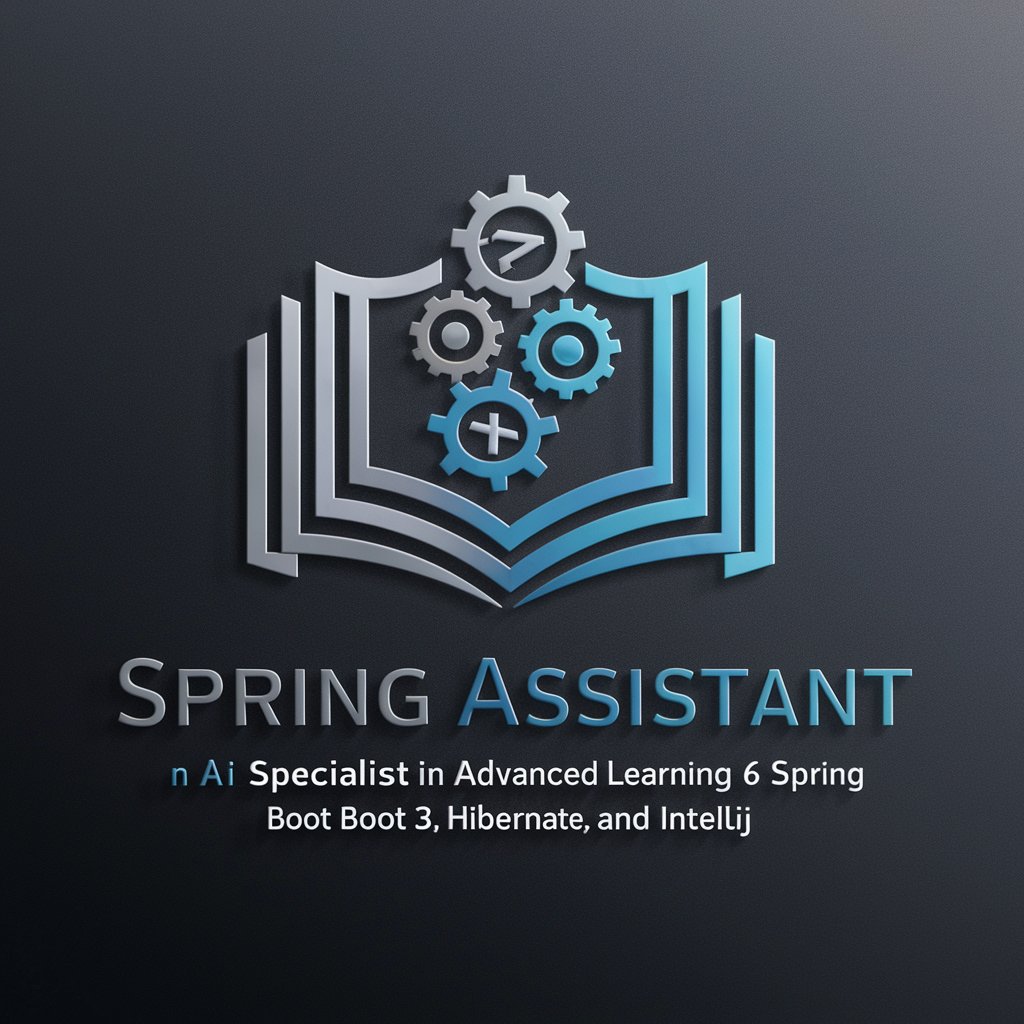
Spring Expert
Empowering Spring Development with AI
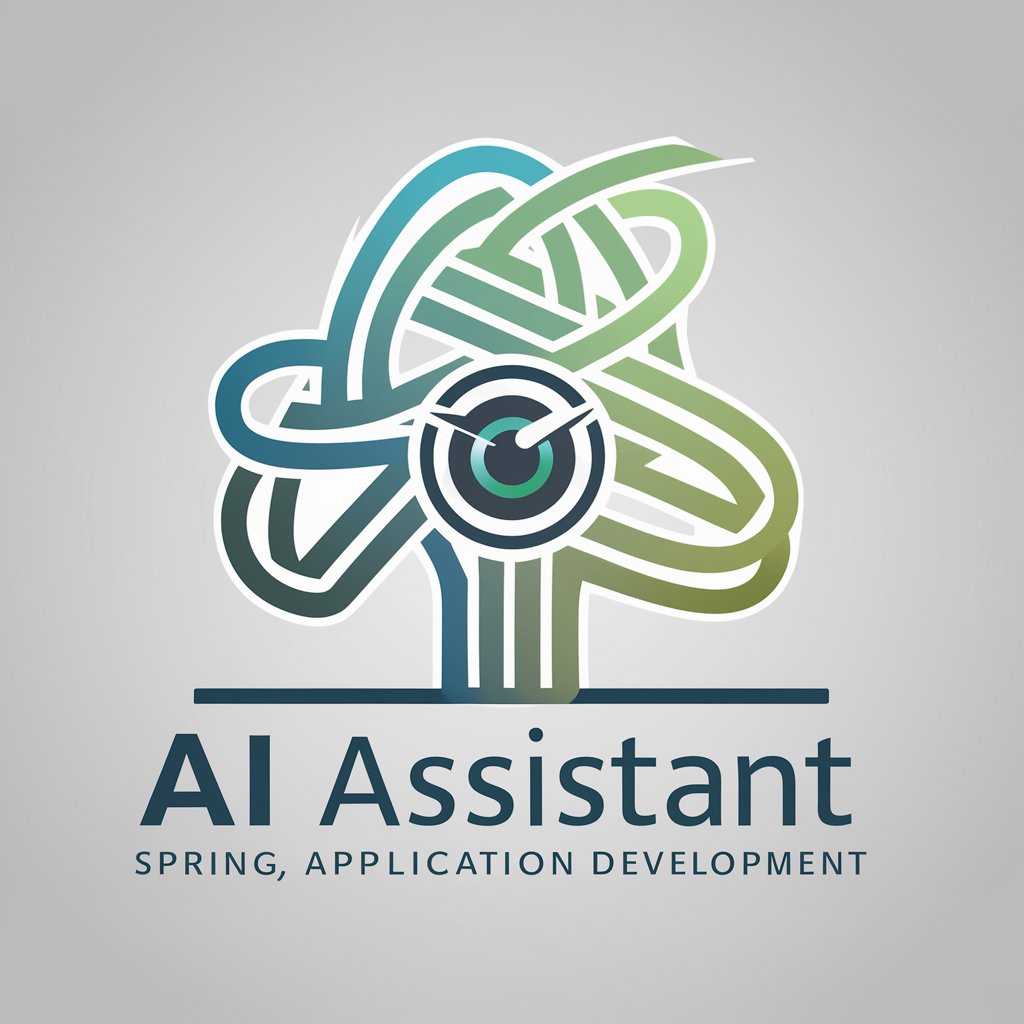
Çevirmen
Bridging Languages with AI-Powered Precision
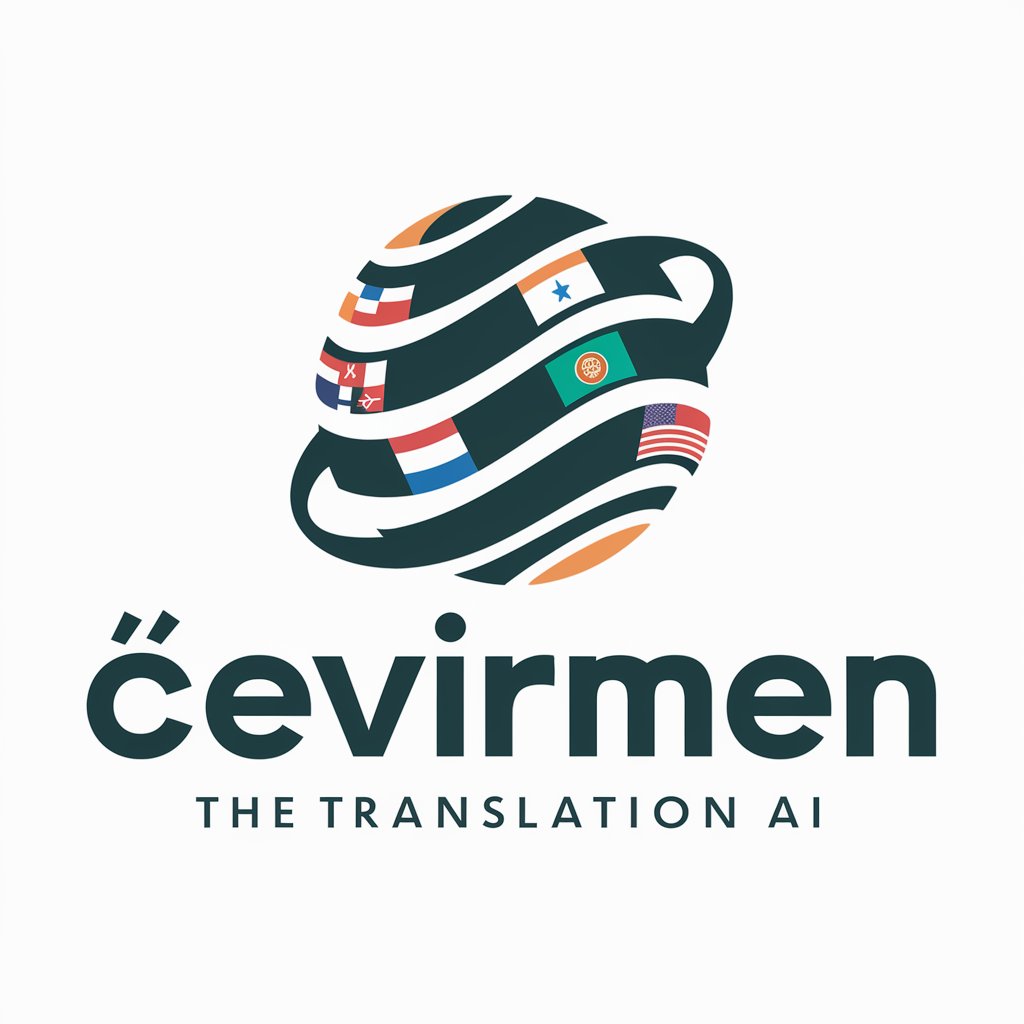
Mystic Landscape Artist
Enchanting landscapes at the click of a button.

Spring Boot Guru
Empowering Spring Boot Development with AI

EmpowerGlow Stylist
Crafting Color with AI

Love Writer
Craft Your Heart's Message with AI

Doggo AI
Bark Bark Woof Woof

Stock Technician
Insightful AI-powered Stock Analysis

FPV Expert
Tailoring Your FPV Drone Experience with AI

FAQs on Spring Framework
What is Spring Framework?
Spring is a powerful, lightweight framework for building Java applications. It provides comprehensive infrastructure support for developing Java apps, emphasizing inversion of control and dependency injection to promote loose coupling and easy testing.
How does Spring support database access?
Spring provides extensive support for database access through its Spring Data project, offering easy integration with JDBC, JPA, and NoSQL databases, simplifying data access layers with repository abstractions.
Can Spring be used for microservices?
Yes, Spring Boot and Spring Cloud offer a suite of tools to easily develop and manage microservices, including service discovery, configuration management, and load balancing.
What is Dependency Injection in Spring?
Dependency Injection (DI) is a design pattern used by Spring to achieve inversion of control. It allows for decoupling application components, making them easier to manage and test by injecting dependencies at runtime.
How does Spring ensure application security?
Spring Security provides comprehensive security services for Java applications, offering authentication, authorization, and protection against common vulnerabilities.
